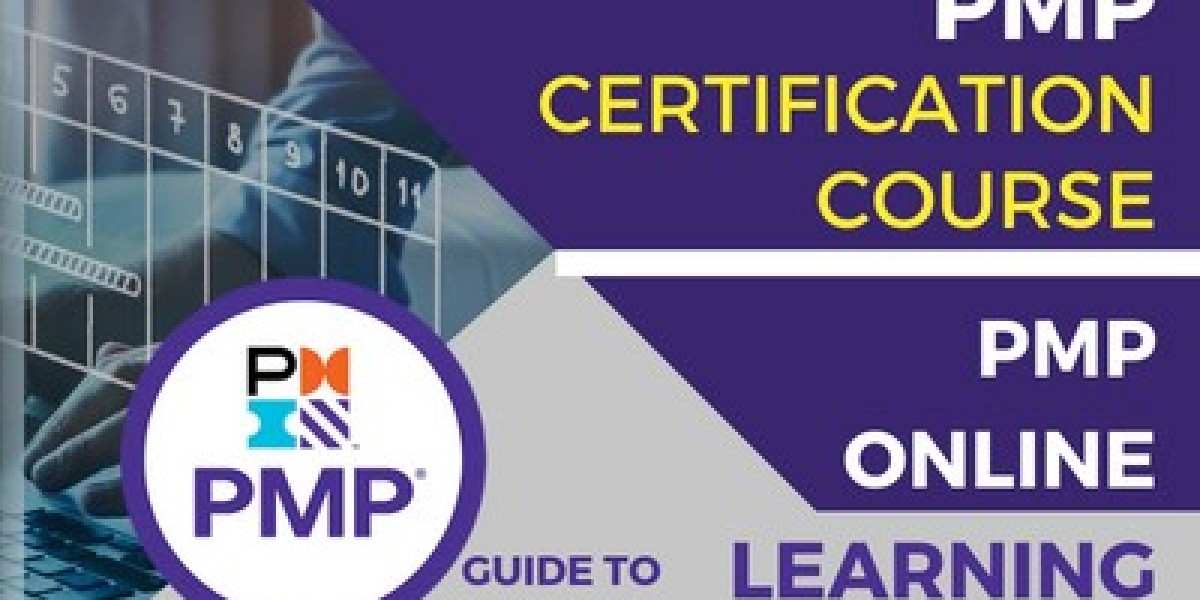Studying for the Project Management Professional (PMP) certification can be an intensive and overwhelming process. The breadth of knowledge required, spanning across various project management methodologies, tools, and frameworks, requires an organized and methodical approach to ensure successful certification. Among the numerous study techniques, one of the most effective methods is the "brain dump." This technique can help you retain crucial information and increase your confidence as you sit for the exam. This article explores what a PMP brain dump is, its benefits, and how to effectively use it as a study tool.
What is a PMP Brain Dump?
A brain dump is essentially a memory aid where you quickly write down important information that you have memorized before starting an exam. For PMP exam preparation, this typically includes key formulas, concepts, frameworks, and acronyms that are essential for answering exam questions but might be difficult to recall under pressure. By transferring this information from your memory to paper (or the digital note space provided during the exam), you free up cognitive resources to focus on problem-solving and critical thinking during the test.
Why Use a Brain Dump for PMP?
Stress Reduction: The PMP Certification in Zurich is known for its rigor, with many test-takers feeling stressed due to the vast amount of content to be remembered. A brain dump can alleviate some of this pressure by allowing you to offload critical information before diving into the questions. This reduces the cognitive load, allowing you to focus more on the questions and less on recalling facts and figures.
Memory Reinforcement: The process of writing down key information reinforces your memory. When you engage in repeated brain dumps during your study sessions, you reinforce your recall ability. By the time you sit for the actual exam, the information will be more firmly ingrained in your memory, increasing the speed and accuracy of your recall.
Improved Time Management: In a time-constrained environment like the PMP exam, effective time management is crucial. A brain dump allows you to quickly refer to formulas or concepts without having to mentally retrieve them, saving valuable time that can be used to thoroughly analyze and answer questions.
What to Include in a PMP Brain Dump
The contents of a brain dump vary from one candidate to another, depending on which areas they find challenging. However, there are some common elements that most PMP candidates find useful:
Formulas: Key formulas from the PMP exam, such as Earned Value Management (EVM) formulas (e.g., Cost Variance, Schedule Variance, Cost Performance Index, Schedule Performance Index), and critical path method calculations are vital. Memorizing these and having them at your fingertips can be a significant advantage.
Acronyms and Mnemonics: The PMP exam involves a variety of process groups and knowledge areas, which can be difficult to remember. Acronyms like “I Prefer Eating M&M’s At Cool Restaurants” (for Initiating, Planning, Executing, Monitoring & Controlling, and Closing) help recall the sequence of the project management process groups.
Process Chart: The 49 processes in the PMBOK Guide are categorized into 5 process groups and 10 knowledge areas. Drawing a quick chart with these processes can provide a visual aid to ensure that no steps are missed when answering related questions.
Key Concepts: Specific concepts such as the triple constraint (scope, time, and cost), stakeholder engagement levels, and risk response strategies are essential. Listing these can help ensure you don’t forget to consider them when relevant questions appear.
How to Create and Practice Your Brain Dump
Identify Key Areas: Start by identifying the areas that are most challenging for you. Focus on memorizing formulas, definitions, and processes that you find difficult to recall quickly.
Practice Regularly: Consistency is key to mastering the brain dump technique. Incorporate it into your daily study routine. At the start of each study session, spend a few minutes doing a brain dump. This will not only reinforce the information but will also make the process more efficient.
Simulate Exam Conditions: To maximize the effectiveness of your brain dump, practice it under exam-like conditions. Time yourself and limit your brain dump to the first 10 minutes, as this will help you replicate the pressure you’ll face during the actual exam.
Review and Refine: Regularly review what you include in your brain dump. As you become more comfortable with certain information, you may find that you no longer need to write it down, allowing you to focus on new or more complex material.
Conclusion
A PMP brain dump is a powerful tool in your exam preparation arsenal. By allowing you to offload key information before tackling the exam, it reduces stress, reinforces memory, and improves time management. To maximize its effectiveness, practice regularly, simulate exam conditions, and tailor your brain dump to your specific needs. With this technique, you can approach the PMP exam with greater confidence and a clear strategy for success.








